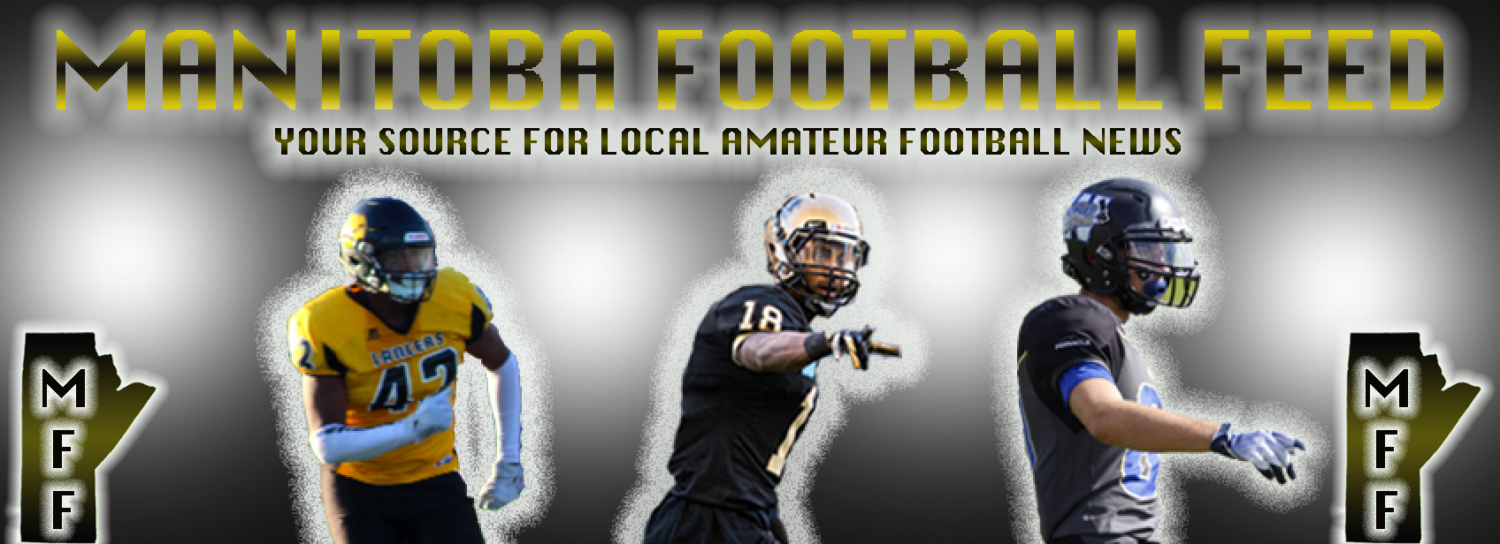This is the first in a three-part series examining the history of the North Winnipeg Nomads Football Club. We open with a feature on Don Van Achte, the longest-serving president in team history who helped build a solid foundation that remains to this day.
In 2019, the North Winnipeg Nomads Football Club celebrated their 50th anniversary. The program – which started as a 15-year-old bantam team – has come a long way since 1969, and at one time boasted the second largest enrolment in Canadian amateur football. All throughout, the Nomads have provided a safe space for the North End community to come together, providing valuable lessons and life-long friendships along the way.
“In my view it kept a lot of kids out of trouble that probably could’ve went different ways. They made different friends by playing football, and they learned sportsmanship as well as teamwork,” noted Don Van Achte, a member of the ’69 bantam team and the club’s longest-serving president (1982-91, 1994-97).
“I can think of a lot of times coaching and as president where kids came to us who were in trouble with the law and with school and everything else. Their lives turned around and they became good corporate citizens.”
The team’s name was fitting, as they were located all throughout the city’s North End.
“We sort of floated around,” says Van Achte.
“The bantam team was basically out of Northwood and the minor bantam team was out of Sinclair Park. When the minor bantam league ceased to exist, that’s when the bantams moved to Sinclair Park, and then we moved to Frank Whyte Field. We were all over the place.”
In 1970, the Nomads became the first Winnipeg team to win the Western Canadian Bantam Football Championship since its inception in 1967. It was the first of five provincial titles for the club during the decade, the last of which came in 1979 at the minor bantam level.
In 1982, Van Achte took over as president in unusual fashion.
“I did not want to be president. It was sort of forced upon me,” he says with a chuckle.
“I was actually coaching a team at the time, and we went to the AGM, and basically nobody showed up. We got a phone call from the president at the time, and he basically said I’m not able to proceed, so you guys are on your own. We sort of looked around the room, and there were people that had been involved for quite some time, like Doug Miller who had been equipment manager, and we said we don’t want this thing to end on our shoulders, so we started working from there.”
Slowly, Van Achte and company built up an executive filled with like-minded, passionate individuals from the area. The following year, there were 12 people on the board, and that number rose to 18 by 1989.
“Within the first year, we had a fairly good basis on the executive,” he says.
“Some of the people were doing double and triple rolls, but everyone seemed to pull together and we found other people – parents of kids who were quite knowledgeable and they worked out very well. It just sort of grew.”
The club was in debt when Van Achte took over, but the group pulled together and secured the money needed to carry on.
“It was part of our struggle,” he says.
“We basically worked out of Frank Whyte and Garden City at the time, and we used to run a bingo out of Garden City Community Centre that helped finance us quite a bit, and put a lot of money in our pockets to do projects such as Frank Whyte, and eventually some of that money carried over to when they did stuff at the Hawkeyes’ field.”
The club’s major project at Frank Whyte involved building a new field that was exclusive to football, as at that time, the Nomads were sharing the field with soccer teams. Critical in the development of the field was the late Richard Dudek, an active member of the executive for many years whose understanding of provincial grants was invaluable.
“When I was ten years old, Richard was my coach, and then when his son was ten years old, I convinced him to get back into coaching. I was president at the time,” Van Achte mentioned.
“Richard was very knowledgeable of the grant systems and so forth. He helped the organization out a lot in that area. At the time, he worked for the City of Winnipeg, so he knew the ins and the outs of where to go for money and how to do it.”
During this era, the Nomads expanded substantially, as Pop Warner for the younger ages ceased to exist.
“We’d gone to a midget team, as well as the bantams. While we had Pop Warner in the area, our club would support the Pop Warner. We would have teams, but they wouldn’t be called Nomads. When the Pop Warner league ceased to exist, that’s when we took over the Nomads’ peewees, minor bantams and atoms,” recalled Van Achte.
“They were all put back into existence under the Nomad name. We had gone from two teams to seven age categories. In some of those age categories, we had two teams – sometimes we even had three or four, depending on the number of kids that registered.”
Stay tuned for part two next week as proud Nomad alum Dennis Radlinsky details his playing days in the 80s and the identity of North Winnipeg teams. He also shares his connection to Van Achte, and details some memories from his time with the Hawkeyes, who gave their facility to the Nomads after folding in the late 90s. Rad closes with his path back to the program, which included starting the major junior team in the mid 2000s.

